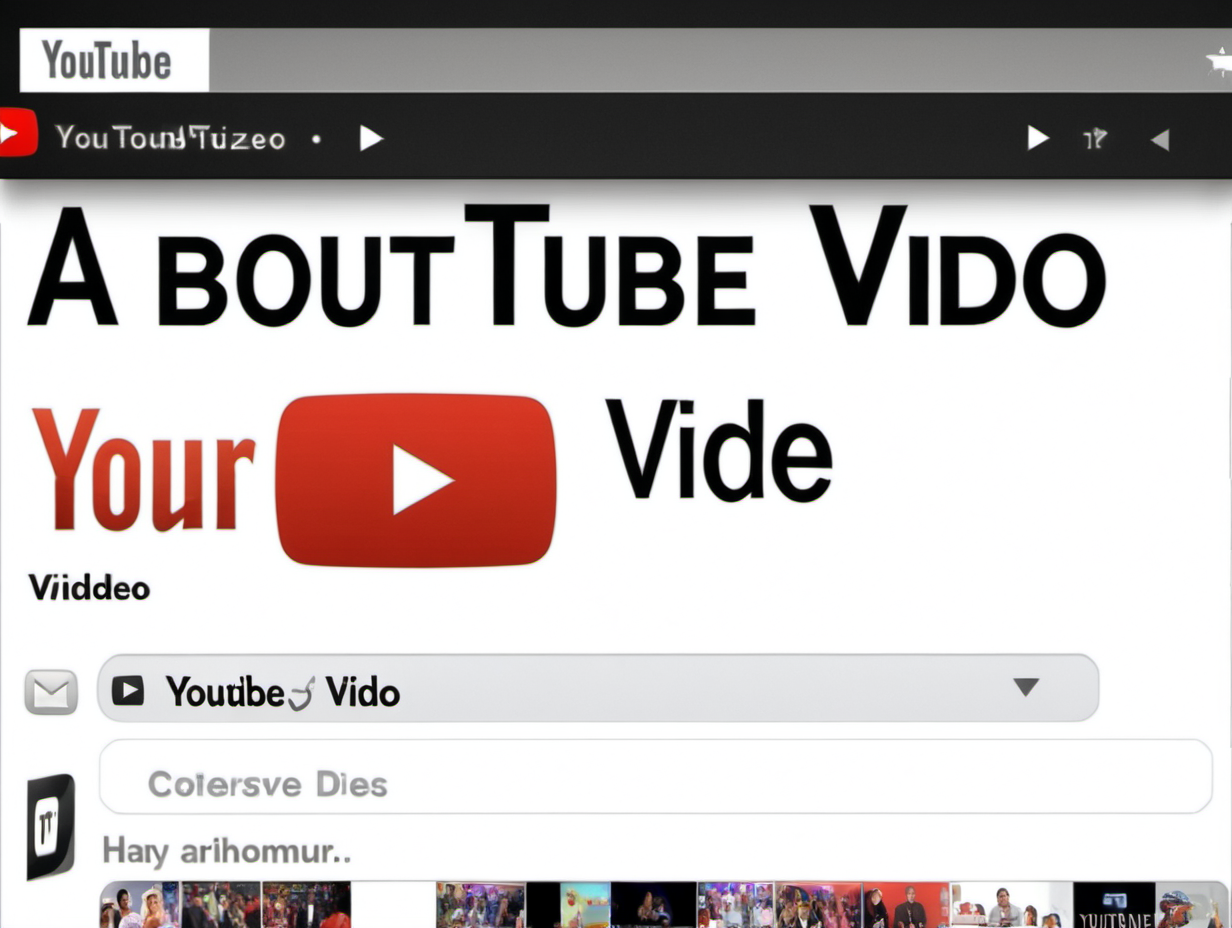What is generative AI and how does it work? – The Turing Lectures with Mirella Lapata
Summary
TLDRThe speaker explains the history and current capabilities of generative AI systems like ChatGPT, which can generate human-like text. She covers how these systems work via neural network 'language models', predicting text continuations. After illustrating ChatGPT responses, she notes challenges around aligning AI system goals with human values. She concludes that while risks exist, regulation and mitigation may prevent harm, arguing climate change poses a bigger threat than AI.
Takeaways
- 👩💻 Generative AI like ChatGPT has been around for a while (e.g. Google Translate), but recent models are more sophisticated
- 🧠 Language models are trained to predict the next word given context, allowing text generation
- ⚙️ Transformers have become the go-to model architecture for language tasks
- 📈 Model performance improves with scale - more data, parameters, compute
- 💰 Developing models like GPT-4 is extremely expensive ($100 million+)
- 🔧 Models still need task-specific fine-tuning to be helpful, honest and harmless
- 😀 Benefits like text generation and question answering can be very useful
- ❓ Risks exist around bias, fakes and environment impact
- 🛡️ Regulation and risk mitigation strategies are being developed
- 🔮 The future of AI will likely involve many task-specific models
Outlines

هذا القسم متوفر فقط للمشتركين. يرجى الترقية للوصول إلى هذه الميزة.
قم بالترقية الآنMindmap

هذا القسم متوفر فقط للمشتركين. يرجى الترقية للوصول إلى هذه الميزة.
قم بالترقية الآنKeywords

هذا القسم متوفر فقط للمشتركين. يرجى الترقية للوصول إلى هذه الميزة.
قم بالترقية الآنHighlights

هذا القسم متوفر فقط للمشتركين. يرجى الترقية للوصول إلى هذه الميزة.
قم بالترقية الآنTranscripts

هذا القسم متوفر فقط للمشتركين. يرجى الترقية للوصول إلى هذه الميزة.
قم بالترقية الآن5.0 / 5 (0 votes)






